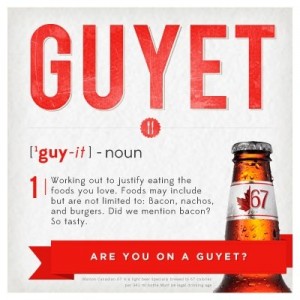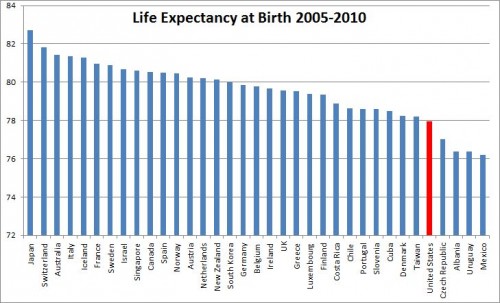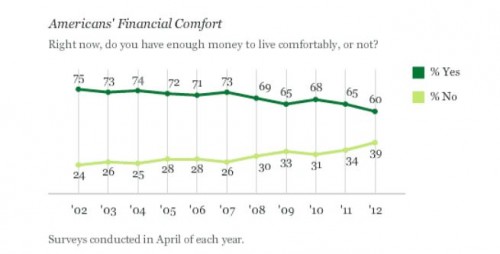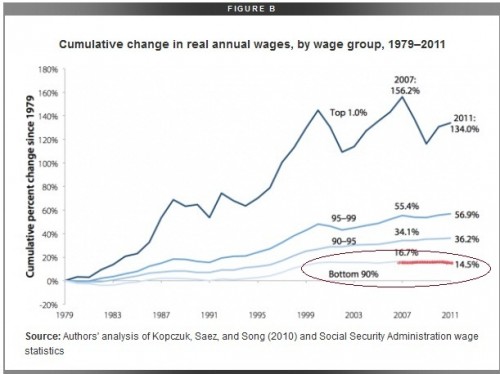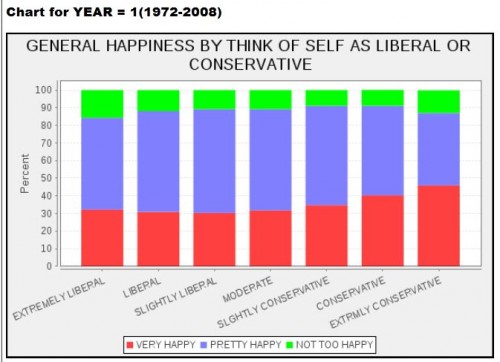Cross-posted at Hawkblocker. This Dove commercial for hair dye is just fascinating. It features a woman talking about what color means to her. She observes that color is sensual, drawing connections between certain colors and the feeling of a cool breeze, the sun on one’s skin, a taste on one’s tongue, and more. She says colors are moods: blonde is bubbly, red is passionate. The voice-over explains that dying her hair makes life “more vivid” and makes her want to laugh and dance. She does it to invoke these characteristics.
This Dove commercial for hair dye is just fascinating. It features a woman talking about what color means to her. She observes that color is sensual, drawing connections between certain colors and the feeling of a cool breeze, the sun on one’s skin, a taste on one’s tongue, and more. She says colors are moods: blonde is bubbly, red is passionate. The voice-over explains that dying her hair makes life “more vivid” and makes her want to laugh and dance. She does it to invoke these characteristics.
She then explains that she’s blind. The commercial uses her blindness to suggest that hair dye isn’t about color at all. It’s about the feeling having dyed hair gives you, even if you can’t see the color. “I don’t need to see it,” she says, “I can feel it.”
By using a woman who is (supposedly) blind, the commercial for hair dye uses the element of surprise to detach the product from the promise. The sole purpose of hair dye is changing how something looks, but this ad claims that the change in appearance is entirely incidental. Instead, dying one’s hair is supposed to make all of life more vibrant, every moment incredibly special, every pleasure more intense, and fill you to the brim with happy emotions. It’s completely absurd. Fantastically absurd. Insult-our-intelligence absurd.
And yet, it’s also exactly what nearly every other commercial and print ad does. Most ads promise — in one way or another — that their product will make you happier, your life brighter, and your relationships more magical. The product is positioned as the means, but not an end. Most hair dye commercials, for example, promise that (1) if your hair is dyed to be more conventionally beautiful, (2) you will feel better/people will treat you better and, so, (3) your life will be improved. This ad just skips the middle step, suggesting that chemicals in hair dye do this directly.
So, I’m glad to come across this utterly absurd commercial. It’s a good reminder to be suspicious of this message in all advertising.
Lisa Wade, PhD is an Associate Professor at Tulane University. She is the author of American Hookup, a book about college sexual culture; a textbook about gender; and a forthcoming introductory text: Terrible Magnificent Sociology. You can follow her on Twitter and Instagram.



